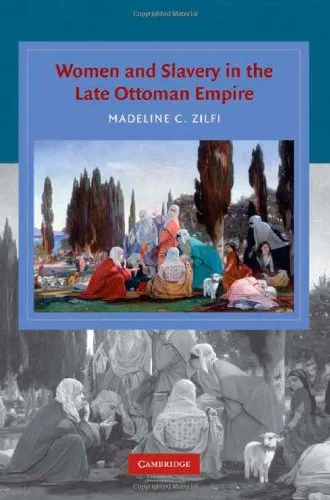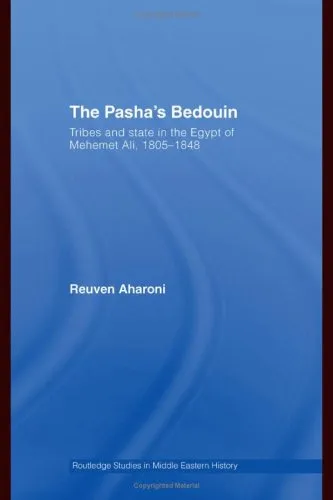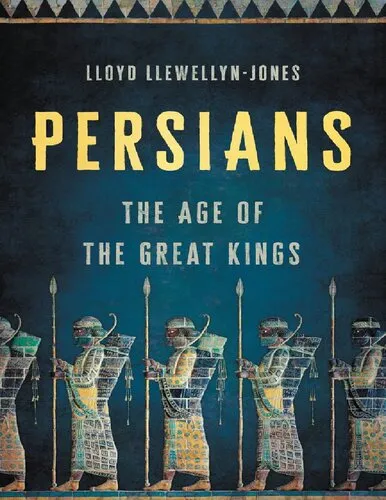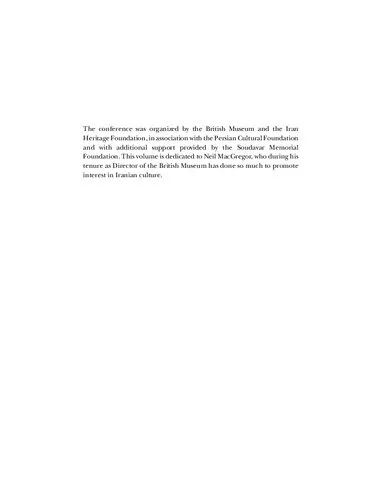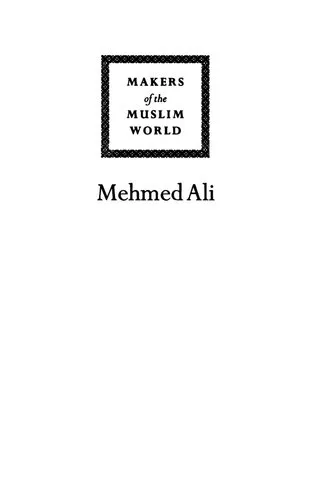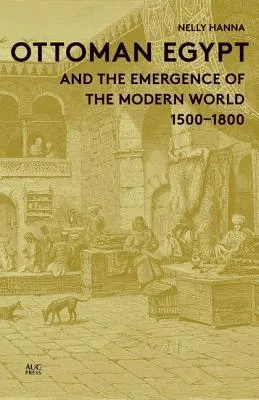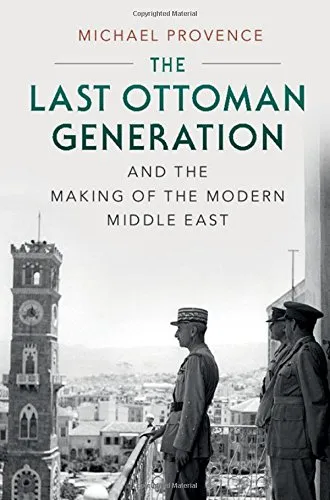Women and Slavery in the Late Ottoman Empire: The Design of Difference
4.5
Reviews from our users

You Can Ask your questions from this book's AI after Login
Each download or ask from book AI costs 2 points. To earn more free points, please visit the Points Guide Page and complete some valuable actions.Related Refrences:
Introduction to "Women and Slavery in the Late Ottoman Empire: The Design of Difference"
The institution of slavery, a practice that has existed across cultures and centuries, is often discussed in the context of economic systems, labor management, and human rights struggles. However, its intersections with gender, social hierarchies, and cultural norms remain an underexplored dimension in many historical narratives. Women and Slavery in the Late Ottoman Empire: The Design of Difference brings this crucial perspective to light, delving into the lives and experiences of enslaved women within the multifaceted world of the Ottoman Empire. By analyzing the gendered constructs of slavery and the ways in which Ottoman society shaped and rationalized its practices, this book provides both a broader understanding of Ottoman slavery and an intricate look at gendered systems of power during this period.
A Detailed Summary of the Book
In this scholarly work, I examine the complexities surrounding the institution of slavery in the Late Ottoman Empire, with a particular focus on enslaved women. The book highlights how slavery, while justified and sustained within a legal, social, and economic framework, was shaped in fundamentally unequal terms by the empire's prevailing notions of gender and social difference. The narrative traces how enslaved women were classified and commodified within Ottoman society, often seen as "inferior" bodies capable of serving domestic, reproductive, and labor-related purposes.
The book is divided into thematic explorations, ranging from legal frameworks that governed slavery to the intimate realities faced by enslaved women in Ottoman households. It delves into the construction of difference – how race, religion, ethnic identity, and gender intersected to justify the subordination of enslaved women. By looking closely at these constructs, the book uncovers patterns of exploitation, hierarchy, and systemic oppression embedded in Ottoman slaveholding practices.
Through the use of legal documents, court registers, personal narratives, and other historical texts, I also explore the paths to manumission that offered some enslaved women the elusive promise of freedom and autonomy. The differences between the experiences of enslaved men and women are particularly striking and underscore the crucial role that domesticity, reproductive labor, and sexual exploitation played in shaping the conditions of enslavement for women. Ultimately, the book presents slavery in the Ottoman Empire as a highly gendered institution that influenced, and was influenced by, broader socio-political and economic systems.
Key Takeaways
- The institution of slavery within the Ottoman Empire was deeply gendered, reflecting patriarchal societal norms and legal structures.
- Enslaved women were often relegated to roles involving domestic labor, reproductive duties, and sexual exploitation, making their experiences distinct from those of enslaved men.
- Legal frameworks were instrumental in maintaining systems of inequality, yet they also provided limited avenues for manumission and contestation of power structures.
- The intersection of race, ethnicity, religion, and gender was central to constructing the hierarchies that defined Ottoman slavery.
- Understanding slavery as a system that reinforced and reproduced social differences sheds light on broader questions about power, justice, and human dignity in history.
Famous Quotes from the Book
"The voices of enslaved women remain faint in the annals of history, but through the cracks of legal texts and personal accounts, their struggles and resilience emerge, reminding us of the human cost of systemic inequality."
"Slavery in the Ottoman Empire was not merely an economic or institutional phenomenon; it was a deeply gendered reality, intricately tied to the fabric of domestic life and societal norms."
"The hierarchies of power that bound enslaved women to lives of subjugation were not natural, but carefully constructed and maintained, embodying the 'design of difference' that served elite interests."
Why This Book Matters
Historical scholarship on slavery often focuses on economic and political structures, overlooking the lived experiences of enslaved individuals, particularly women. Women and Slavery in the Late Ottoman Empire addresses this gap by offering an in-depth analysis of how gender and power shaped slavery within a specific, yet globally connected, historical framework. The book sheds light on the resilience and survival strategies of enslaved women while also interrogating the cultural attitudes and social constructs that perpetuated their subjugation.
This work is significant not only for scholars of Ottoman studies and slavery but also for those interested in gender studies, legal history, and the intersections of race, class, and gender in historical systems of oppression. It challenges us to think critically about how historical injustices have shaped modern societies and compels us to uncover overlooked narratives of resistance, agency, and survival. As such, this book stands as a vital contribution to the literature on slavery and serves as a powerful reminder of the enduring impact of systemic inequality.
Free Direct Download
You Can Download this book after Login
Accessing books through legal platforms and public libraries not only supports the rights of authors and publishers but also contributes to the sustainability of reading culture. Before downloading, please take a moment to consider these options.
Find this book on other platforms:
WorldCat helps you find books in libraries worldwide.
See ratings, reviews, and discussions on Goodreads.
Find and buy rare or used books on AbeBooks.
1459
بازدید4.5
امتیاز0
نظر98%
رضایتReviews:
4.5
Based on 0 users review
Questions & Answers
Ask questions about this book or help others by answering
No questions yet. Be the first to ask!
